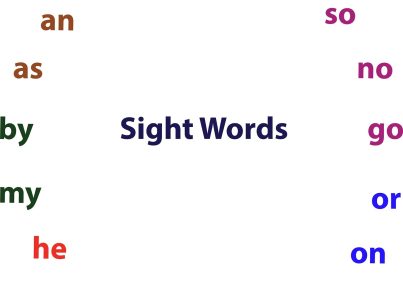Introduction
“Close Reading” is a popular term in the world of literary studies, education, and beyond. However, its definition can be elusive as different people interpret it in varying ways. What exactly do we mean when we talk about close reading? This article aims to explore the concept, its techniques, and why it is essential in understanding any text.
Defining Close Reading
At its core, close reading refers to an intensive and focused examination of a text, line-by-line or word-by-word. The aim of this practice is to scrutinize the author’s choices and methods while trying to understand the deeper meaning(s) beneath the words. This process involves looking at various elements of the text such as diction, syntax, tone, imagery, metaphorical language, and more. Ultimately, it allows readers to develop a comprehensive understanding of both the form and content of the work.
The Origins
Close reading emerged during the rise of New Criticism in the early 20th century. Literary scholars such as Cleanth Brooks and Robert Penn Warren advocated for an individual approach to literary texts instead of contextual interpretations. They argued that focusing on formal elements and internal meaning would yield a more substantial analysis than external factors like historical or biographical context.
Techniques for Close Reading
Here are several techniques that can help you engage in close reading:
1. Annotating: Marking important passages or phrases with notes on your observations or questions helps you remember your thoughts as you progress through the text.
2. Paying attention to words: Delve into the author’s word choice (diction) by investigating word meanings, connotations activated through the reader’s experience as well as cultural frameworks.
3. Analyzing structure: Examine how paragraphs are arranged into sections or chapters and think about what purpose this serves within a specific context.
4. Identifying patterns: Look for recurring images, motifs, or themes that contribute to the overall message. These can be contrasts and comparisons, cause and effect relationships, among others.
5. Uncovering figurative language: Identify and explore metaphors, similes, analogies, or any other imaginative comparisons that enrich the text.
6. Exploring tone and voice: Investigate how the author’s tone affects your reaction to the text and examine how different character voices contribute to the story.
The Importance of Close Reading
Close reading has several advantages in understanding a text:
1. Enhances critical thinking skills: By examining various elements of a work in detail, readers develop stronger analytical abilities and can better appreciate a text’s complexity.
2. Encourages deeper understanding: Close reading fosters a profound comprehension of underlying themes or messages that might go unnoticed during a casual read-through.
3. Facilitates appreciation of form: Focusing on structural elements allows readers to grasp the artistry behind a piece, identify patterns, and uncover potential pathways of meaning
Conclusion
In summary, close reading is an analytical approach to understanding a text by closely examining its various elements. While the definition may vary slightly amongst individuals, it is ultimately about delving deep into the words and structure of a work to uncover hidden meanings and appreciate its complexity. Armed with this knowledge, you can now practice close reading with your favorite books and enjoy more profound insights.




